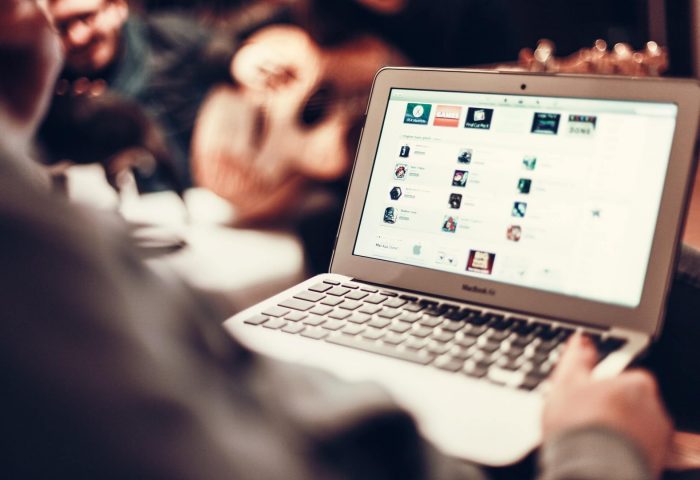We all love free WiFi – like those in coffee shops, restaurants, bars and hotels. It’s one of the first things we check for when we arrive and it will often drive decisions around where we work and stay. The accessibility is super convenient but it also allows access for shady activity. Even if a network is password protected, you’re sharing it with lots of other people, which means your data is at risk.
With the holiday season here, many of us will be traveling and looking for free WiFi outside of the places we know well. Will these public networks be secure? The short answer is that we can’t rely on public networks to keep our data secure. A shared network always has risk. When you can, use a personal hotspot. For those times you can’t, we’ve put together a list of the top ways to stay safe and secure while working from shared networks in the wild.
This information largely comes from notes I took at presentation we recently organized with industry security expert Ken Westin @kwestin.
Tip #1
Use a Virtual Private Network (VPN) at all times. A VPN encrypts your connection and provides you with an anonymous IP to protect your privacy. There are many VPN services available at varying cost. We’ve used tunnelblick, Mullvad and Hotspot Shield.
Tip #2
Visit websites that use certified SSL encryption – look for https:// in the URL. Look up at the URL of this post. Notice the use of https:// in the URL and a lock icon nearby? This means our website is using proper SSL encryption and all the data that is sent and received from your end to ours is encrypted. Do your best to frequent other websites that have implemented the same protection for you and your data.
Tip #3
Keep your operating system up to date. The vulnerability in sharing a network comes from folks other than you having access to your computer. If you can’t avoid connecting to a public network, then you need to secure your computer. There will always be threats ahead of the security patches but in general, keeping your system up to date will minimize (not eliminate) risk.
Bonus tips:
- Laptop theft is the number one way data is compromised and it happens a lot. Most laptops are stolen from parked vehicles. Don’t leave your laptop or other devices in a parked car.
- Using a strong password with mixed characters at least 14 characters in length.
- If you have a model that supports it, use locks and cables when away from your laptop to secure it.
- Install theft recovery software which can help locate and recover stolen devices.
- Use disk encryption to thwart data being accessed after common password breaches.
- Be wary of fake looking or spoofed WiFi SSID names. You may want to verify it with someone before you connect.
- Assume ALL open networks are insecure.
- Always file a police report if something is stolen. It may take a long time but lots of recovered devices go up for auction due to no police report being filed on their behalf.
Special thanks to Ken Westin @kwestin for helping us stay safe when working while we roam.
Got thoughts on this subject? We’d love to hear them in the comments!



Responses
TunnelBear is awesome for VPN too.
Will try it out — thanks for the tip!
Any suggestions for theft recovery software? Been thinking about installing something for awhile since my laptop is my only mode to work…
We’ll ask around!
We asked the founder of nomadlist.io and he recommended Apple’s Back to my Mac. https://twitter.com/levelsio/status/544901906636619776